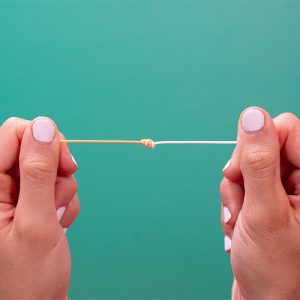When it comes to fishing, the strength of your knots can make or break your success on the water. Whether you’re fighting a trophy fish or just enjoying a day casting lines, knowing how to test the strength of your fishing knots is crucial. Here’s a guide to help you measure knot strength and ensure you’re always prepared for the big catch.
Why Knot Strength Matters
A strong knot ensures that your line and hook stay connected when you’ve hooked a fish. Weak or poorly tied knots can lead to breakage, lost fish, and frustration. Understanding and testing your knots can save you from losing that prize catch.
Tools You’ll Need
To accurately test knot strength, gather the following tools:
- Digital scale: Measures the breaking strength of your knot.
- Fishing line: Use the same line you plan to fish with to ensure accurate results.
- Hooks or weights: These will be attached to the line to simulate the weight of a fish.
- Notebook: To record your results.
Step-by-Step Knot Testing
- Tie the Knot: Start by tying the knot you wish to test. Popular knots to consider include the Palomar, Improved Clinch, and Uni knot.
- Attach to the Scale: Attach one end of the line to the digital scale and the other end to a secure point, such as a hook or a weight.
- Apply Pressure: Slowly increase the tension on the line by pulling the scale until the knot breaks.
- Record the Results: Note the weight at which the knot broke. This gives you the breaking strength of your knot.
- Repeat: Test the same knot several times to get an average breaking strength.

Tips for Better Knot Strength
- Moisten the Knot: Wetting the line before tightening the knot reduces friction and heat, which can weaken the line.
- Tighten Slowly: Apply slow, steady pressure when tightening your knots to avoid creating weak spots.
- Inspect Knots: After tying, inspect the knot for any signs of twisting, overlapping, or inconsistencies.
Common Knots and Their Strengths
- Palomar Knot: Known for its simplicity and strength, the Palomar knot is great for braided and monofilament lines.
- Improved Clinch Knot: A go-to knot for many anglers, offering a strong hold with minimal slippage.
- Uni Knot: Versatile and strong, this knot is easy to tie and works well with most fishing lines.
Testing the strength of your fishing knots can mean the difference between a memorable catch and a missed opportunity. By regularly testing your knots, you’ll build confidence in your gear and be ready for anything the water throws your way. Remember, practice makes perfect, and the more you test, the better your knot-tying skills will become.
Image: TakeMeFishing





